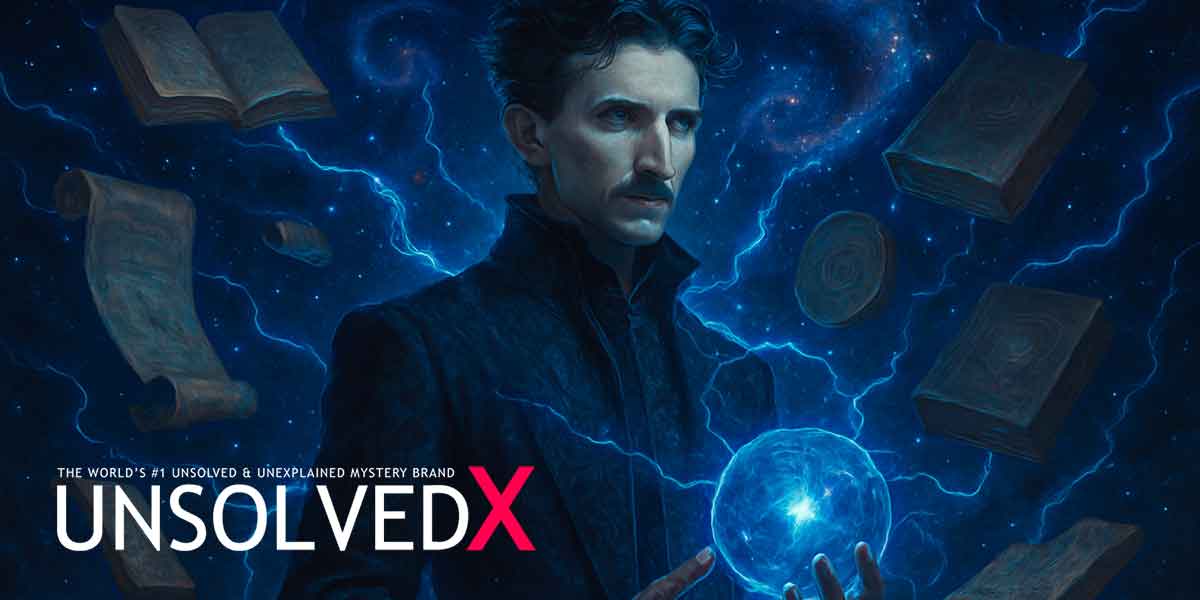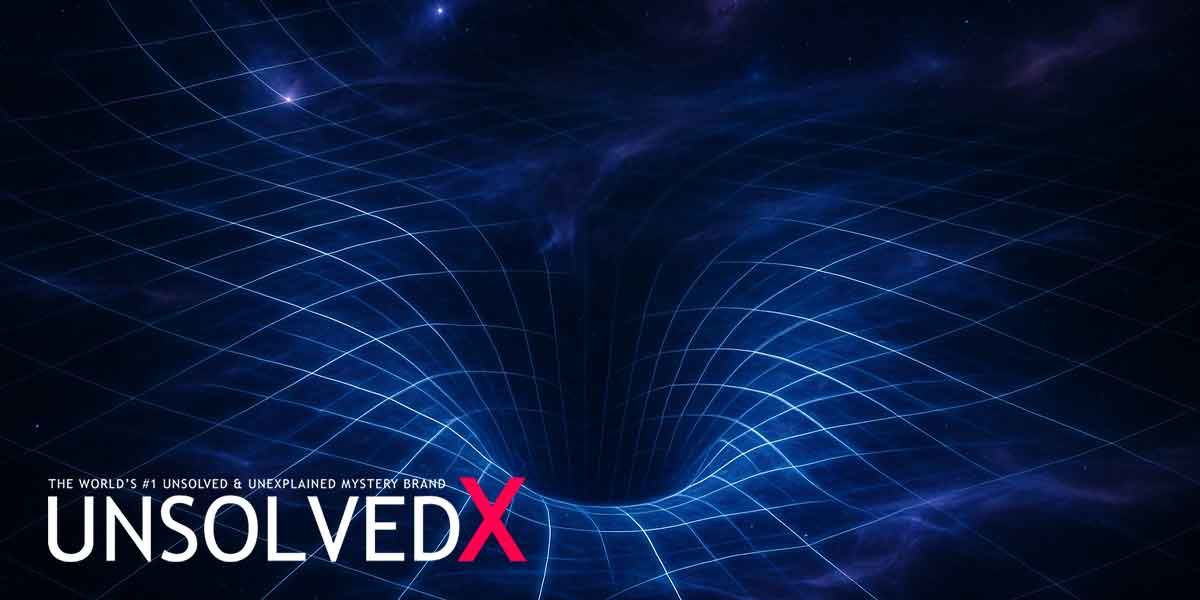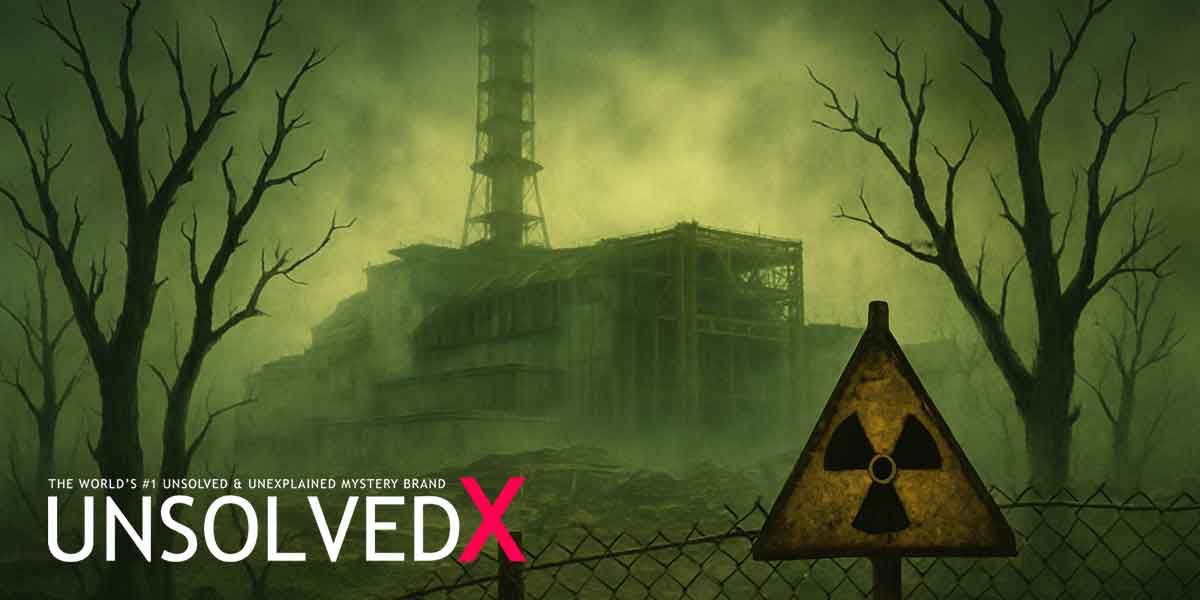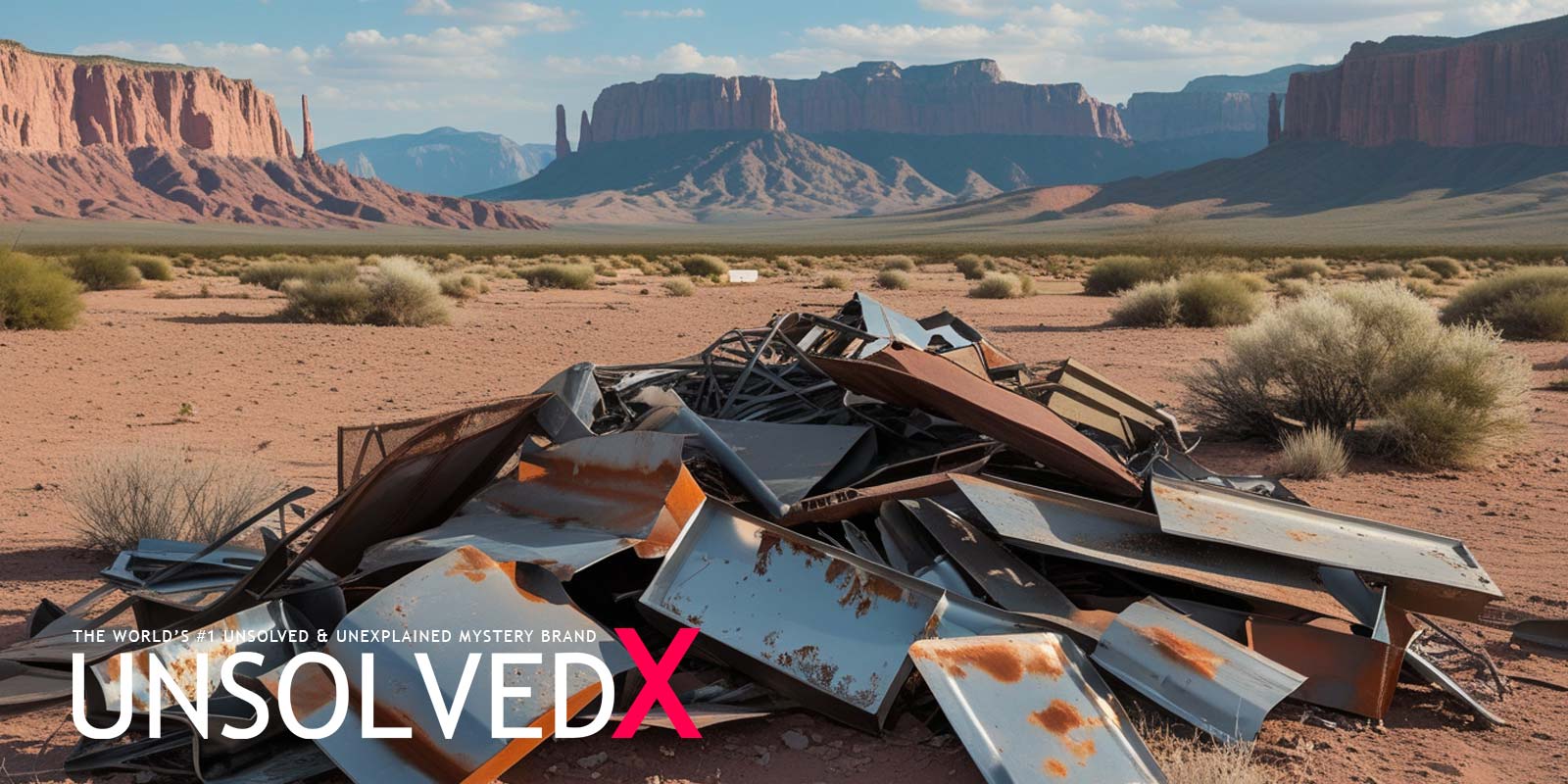A Visionary’s Claims of Cosmic Connection
Born in 1856 in Smiljan, Croatia, Tesla’s brilliance was evident early, but his later assertions about a “knowledge bank” sparked intrigue. In a 1928 interview with Collier’s Magazine, Tesla described receiving ideas as if from an external source, claiming, “My brain is only a receiver, in the Universe there is a core from which we obtain knowledge, strength, inspiration.” He spoke of tuning into this cosmic reservoir, a concept eerily similar to the “Akashic Records” of esoteric traditions—a universal library of all knowledge. Tesla’s 1899 Colorado Springs experiments, where he detected strange radio signals he believed were from Mars or beyond, fueled speculation of alien contact. These signals, detailed in his notes published by the Tesla Museum in Belgrade, preceded human radio tech, making his claims tantalizing. His unbuilt Wardenclyffe Tower, meant to transmit wireless energy globally, was also rumored to be a conduit for cosmic communication, as hinted in his 1901 article for Electrical World. For fans, the Tesla Science Center at Wardenclyffe in New York offers tours, showcasing the site where these dreams took shape.
Skeptics argue Tesla’s “knowledge bank” was a metaphor for his intuitive genius, not literal alien signals. His Colorado Springs signals could’ve been natural atmospheric phenomena, like lightning or ionospheric disturbances, as suggested by physicist Robert Golka in Popular Science. Yet, Tesla’s insistence on extraterrestrial intelligence—decades before SETI—raises eyebrows. He claimed to have decoded a message counting “1, 2, 3” from space, a detail eerily echoed in later UFO cases like the 1977 Wow! Signal, documented by the Ohio State University Radio Observatory. Was Tesla ahead of his time, or was he projecting his brilliance onto the cosmos? His contemporaries, like Thomas Edison, dismissed him as eccentric, but his AC system, now powering the world, proves he wasn’t all talk. Visitors to the Nikola Tesla Museum in Belgrade can view his journals, offering a glimpse into his cryptic thought process.
The Brain, Madness, or Alien Guidance?
Tesla’s mental prowess was undeniable—he visualized entire inventions in vivid detail before building them, a process he described in My Inventions (1919). Some neuroscientists, like those cited in Scientific American, suggest he tapped an unused brain region, perhaps linked to synesthesia or hyperactive neural pathways, explaining his “receiver” metaphor. His photographic memory and ability to perform complex calculations mentally, as noted by biographer Bernard Carlson in Tesla: Inventor of the Electrical Age, support this. However, Tesla’s later years—marked by obsessive behaviors, like his fixation on pigeons and the number three—hint at possible mental illness, perhaps schizophrenia or OCD, per psychiatrist Norman Geschwind’s studies on genius and madness. His claim of alien knowledge could’ve been a delusion, especially as financial ruin and isolation took hold after Wardenclyffe’s 1906 failure. Yet, his accurate predictions, like wireless internet and drones, make dismissing him as “mad” too simplistic.
The alien hypothesis, while speculative, captivates many. Tesla’s 1937 assertion to Liberty Magazine that he’d communicated with “planetary intelligences” aligns with modern UFO lore, like the 1980 Rendlesham Forest incident’s binary code, which claimed cosmic origins. Could Tesla have been a conduit for extraterrestrial tech, fed through a universal knowledge bank? His death ray concept, detailed in FBI-released documents available via the Vault, and his particle beam theories, eerily resemble sci-fi weaponry, fueling theories of alien inspiration. Critics counter that Tesla’s ideas, while visionary, were grounded in known physics, as seen in his 1,200 patents. The debate persists: was his brain a supercomputer, a broken machine, or an antenna for alien minds? The Tesla Memorial Society hosts annual conferences where enthusiasts debate these ideas, offering a dive into this unresolved puzzle.
Why Tesla’s Mystery Endures
Tesla’s legacy is a lightning rod for speculation because it defies easy answers. His inventions reshaped the world, yet his cosmic claims—radio signals, a knowledge bank, alien contact—remain unproven, mirroring mysteries like the 2004 USS Nimitz UFO encounter, where advanced tech baffled experts. The lack of concrete evidence, like decoded alien messages or a working Wardenclyffe, keeps the debate alive. Supporters argue his suppressed inventions, like free energy devices, were buried by corporate greed, a claim explored in The Tesla Conspiracy by Margaret Cheney. Declassified FBI files, accessible through the Freedom of Information Act, show the government seized his papers after his 1943 death, fueling cover-up theories. For researchers, the Black Vault’s Tesla archives are a goldmine, revealing his cryptic notes and official scrutiny. The Tesla Science Foundation organizes events like Tesla Day, where fans explore his unsolved legacy.
The cultural impact of Tesla’s mystery is undeniable, inspiring films like The Prestige and modern innovators like Elon Musk, whose Tesla Motors nods to the inventor’s vision. Whether he tapped a cosmic source, an untapped brain, or simply lost his grip, Tesla’s story challenges our understanding of genius and the unknown. Was he a prophet of alien tech, a misunderstood savant, or a man whose brilliance outran his sanity? The question lingers, inviting us to explore his world through museums, archives, or the starry skies he claimed to hear.










Comments
Comments section coming soon!